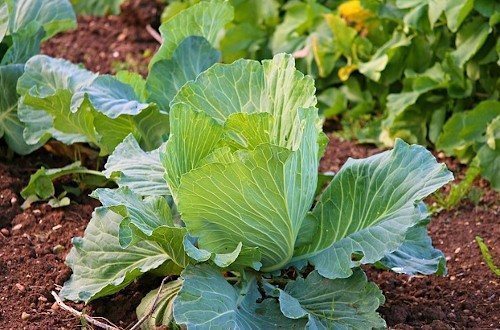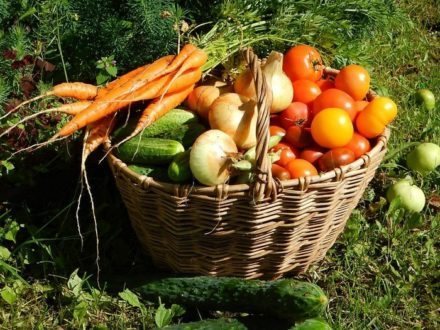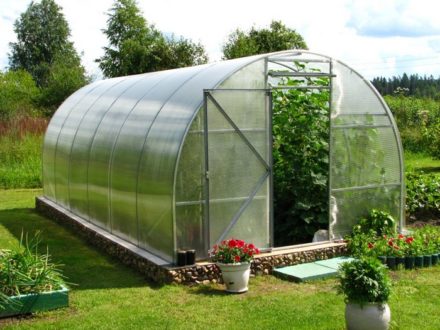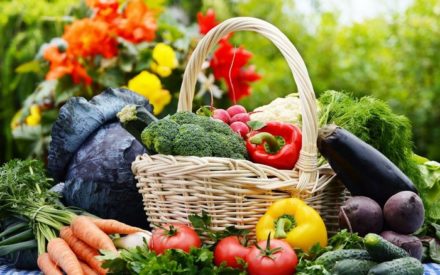Crop rotation is the alternation of sowing crops to increase yields. Planting the same crop on a plot leads to soil depletion. The degree of use of nutrients and the phytosanitary condition of the soil determine the need for vegetables in crop rotation.

Plants with a high need for crop rotation
Crops that intensively consume humic substances and soil microelements are in greatest need of crop rotation. Such plants are sown on fertile soil first, have developed stems and leaves, large fruits, and grow quickly. Planting these vegetables in the same place without additional enrichment of the soil reduces the yield.
Potato
Potatoes require increased levels of nitrogen, potassium and phosphorus during the growing season. A strongly developed root depletes the surface and deep layers of the earth. The reason for changing the planting location is also the tendency to damage leaves by the Colorado potato beetle, tubers by wireworm, as well as late blight.
Cabbage
During growth, it develops large leaves and a juicy head of cabbage, needs a high content of potassium and nitrogen, the soil must be loose and fertile. Cabbage crops are susceptible to ground and root pests, which requires regular planting changes. The break between planting cabbage on the same ridge is at least 3 years.
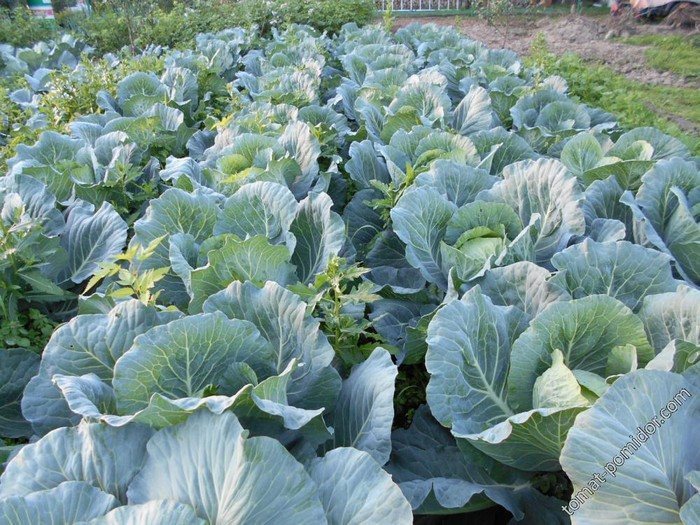
Zucchini
A representative of the pumpkin family with a developed taproot, it is characterized by intensive development, fruit set and filling. For a productive harvest, zucchini requires soil fertilized with humus.
Tomatoes, peppers, eggplants
They belong to crops with moderate soil requirements, but are often affected by pathogenic late blight spores and Fusarium wilt. To improve and restore the soil cover, you need to change the planting site of nightshades every year.
Onion garlic
Onions and garlic are less demanding on organic components, but a long growing season leads to the loss of potassium and phosphorus. After growing onions, the land needs to be rehabilitated.
Radish, daikon
When observing crop rotation of cruciferous plants, you need to take into account that radishes produce 2-3 crops over the summer, depleting humus. Having shifted the sowing of radishes to another place, you cannot plant other representatives of the cruciferous family there.
Strawberry
Regular crop rotation is observed when planting garden strawberries. Vigorous fruiting of the bush leads to a decrease in productivity; nematodes and root rot develop in the root zone. To improve the health of the site and maintain productivity, it is ideal to change the planting location annually. Strawberries can be returned to their original place after 4–5 years.
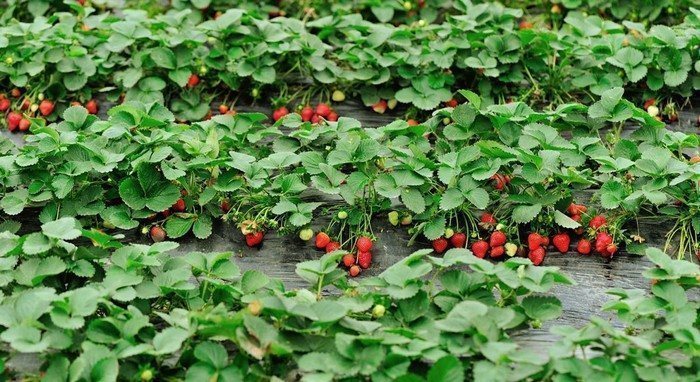
Plants with average nutrient requirements
After crops with a high demand, plants with moderate requirements for soil composition are included in the crop rotation. A good harvest on such soil will be produced by small root crops - table carrots and beets, radishes, turnips.
Plants with low nutrient requirements
Agricultural crops with little need for nutrients enrich the soil with microelements: iron, calcium, potassium, nitrogen. These include legumes, green crops, and green manure. Proper crop rotation, taking into account the plants' needs for nutritional components, restores soil fertility, maintains an optimal balance of microelements and ensures high yields for many years.


